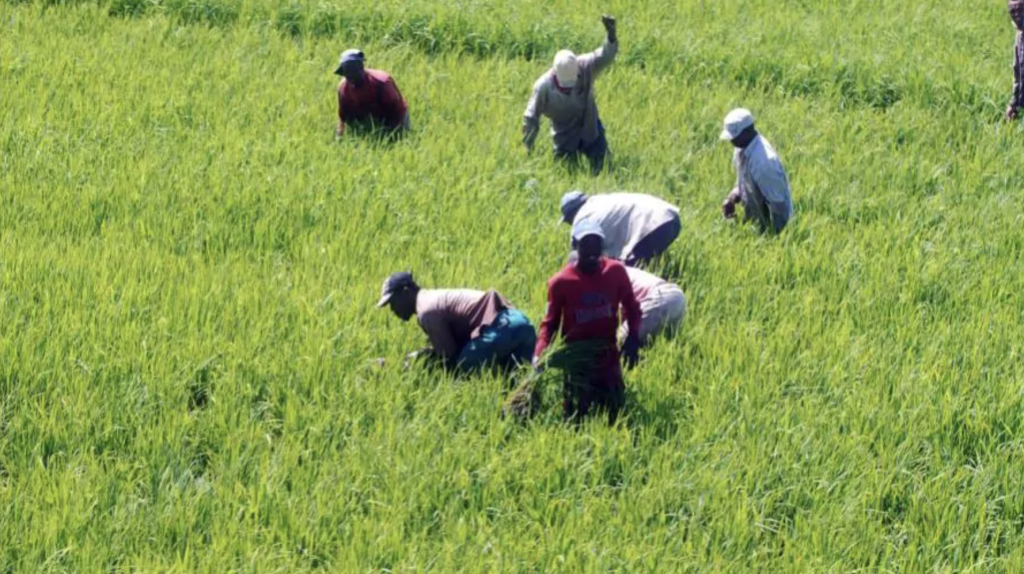
President Luis Abinader has enacted a new tariff regime for imported rice products, aiming to protect the country’s domestic rice production and ensure local food security. The executive act, signed under the title Decree 693-24, applies to rice products classified under Harmonized System codes S.A. 1006.10.00, 1006.20.00, 1006.30.00, and 1006.40.00, in line with World Trade Organization (WTO) regulations outlined in List XXIII.
Under the new framework, a 20% ad valorem tariff will be applied to rice imports within the duty-free specified quota, while a significantly higher tariff of 99% ad valorem will be levied on imports exceeding this quota.
The decree also introduces a preferential tariff quota of 23,300 metric tons (MT) for rice products originating from the United States, which will be allowed to enter the country at a 0% tariff. However, any rice products exceeding this quota or originating from other countries—such as Nicaragua—will be subject to the most-favored-nation (MFN) treatment, with a 99% ad valorem tariff.
These tariff measures will remain in effect until the National Council for Food Sovereignty and Security (CONASSAN) advises otherwise, based on technical reports from the Technical Secretariat for Food Sovereignty and Security.
The tariff schedule goes into effect now that in January 2025, US rice imports were scheduled to enter tax-free. The Dominican Republic and Central American Free Trade Agreement had granted Dominican rice producers 20 years to prepare for the tax-free US rice exports.
Starting in 2025, the Dominican Republic-Central America Free Trade Agreement (DR-CAFTA) is expected to significantly impact rice exports from the United States to the Dominican Republic by eliminating tariffs on U.S. rice imports. This change is part of a broader schedule established under DR-CAFTA, which aims to gradually reduce protective tariffs that have historically shielded local rice producers from international competition.
By 1 January 2025, the DR-CAFTA agreement establishes that all tariffs on US rice exports to the Dominican Republic be eliminated. Currently, there is a high out-of-quota tariff rate of approximately 35.6% for rice, which has been gradually reduced over the years.
Tariff Rate Quotas (TRQs): Under DR-CAFTA, the Dominican Republic established Tariff Rate Quotas (TRQs) for US rice, allowing a certain quantity of rice to be imported at a lower tariff rate. As of 2022, these quotas were set at 17,520 metric tons for milled rice and 4,380 metric tons for brown rice, with an in-quota tariff rate of zero percent
The elimination of tariffs was ruled in the treaty to increase US rice competitiveness in the Dominican market. Many farmers have expressed concerns that they will be hardpressed to compete with subsidized US rice prices.
The DR-CAFTA Agreement’s provisions were designed to phase out protections over a 20-year period, with significant reductions already implemented since 2016.
An editorial in Diario Libre explains the move by the Dominican Republic is an act to protect food security in the country.
Read more in Spanish:
Ministry of Industry and Commerce
Noticias SIN
Diario Libre
Diario Libre
19 December 2024

